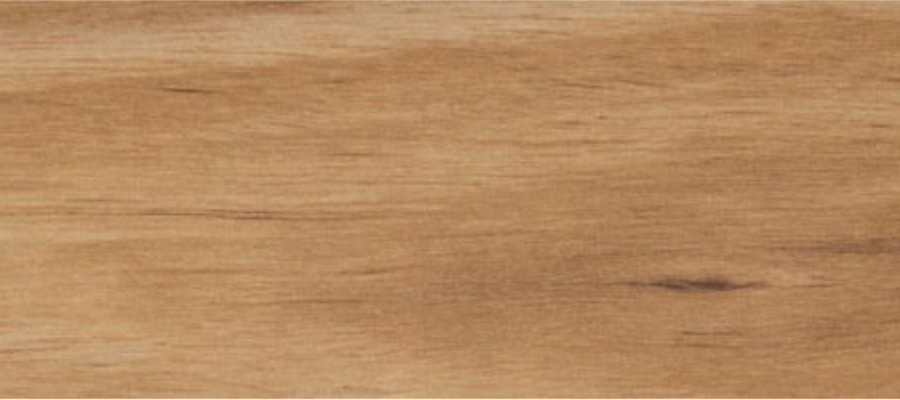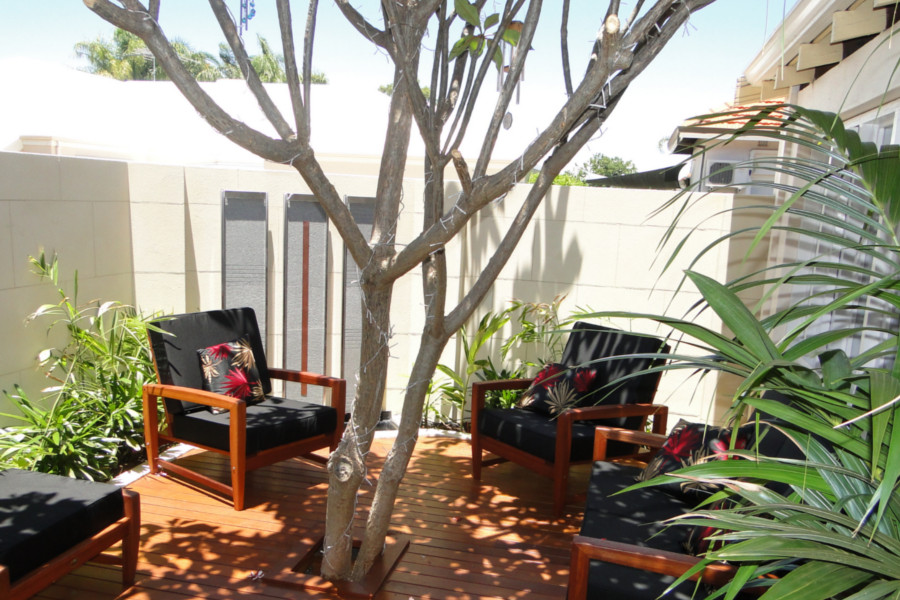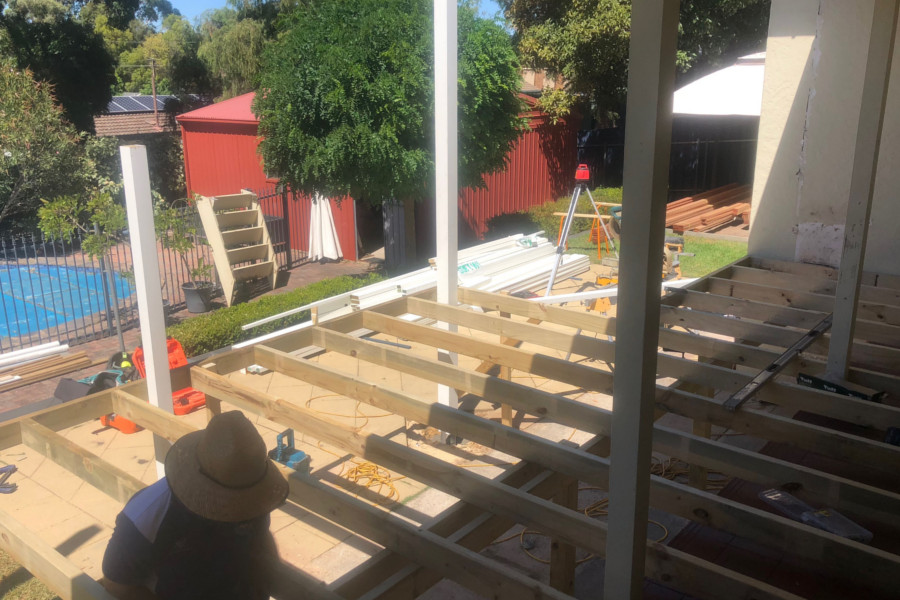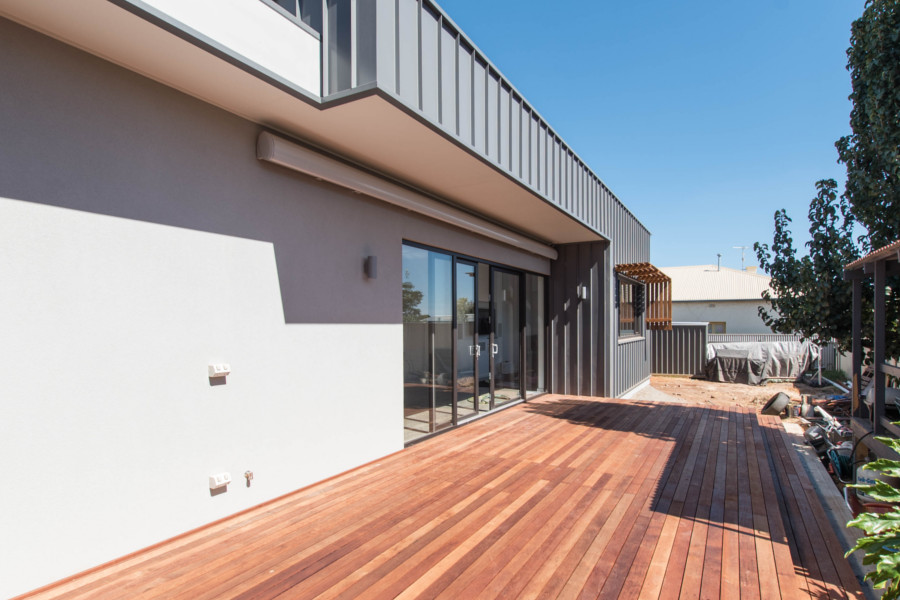
Grown in the coastal forests of New South Wales and southern Queensland, Blackbutt is one of the most common species of hardwood commercially available in that region of Australia.
Blackbutt can be found to the north of Eden on the New South Wales south coast, all the way up to south east Queensland. There is actually a town named Blackbutt in the south of Queensland. Blackbutt is the species of timber used for flooring in Parliament House in Canberra. For anybody that has driven up the coast of New South Wales, the Pacific highway goes straight through a relatively large and distinctive Blackbutt forest in between Coffs Harbour and Taree
Also known as Eucalyptus pilularis, Coastal Blackbutt, and Pink Blackbutt, Blackbutt’s quick growth and easy regeneration make it a popular timber for outdoor and indoor building applications. It is commonly used for exterior and structural projects, and is also used to produce plywood.
Blackbutt trees reach 40m to 50m in height, and are known for their resistance to bushfires. This resistance prompted the tree’s common name of Blackbutt. After a bushfire, the tree’s buttress – or butt – is left blackened, lending itself to the name Blackbutt.
Appearance
Plantation Blackbutt typically has an even colour, an even grain and an even texture. Wild Blackbutt however, can have more variation. Blackbutt heartwood ranges from golden yellow to pale brown, sometimes with a slight pink tinge. The sapwood in much paler in colour, and can sometimes have small gum veins visible. Blackbutt is a very dense hardwood at approximately 900kg per cubic metre. This density provides it with a natural resistance to termites.
Blackbutt usually has a straight grain, which can occasionally interlock. This makes it a popular choice for joinery and flooring, and gives it a look that differs somewhat from most other hardwoods.
Workability
Blackbutt can be slightly prone to surface checking if it’s not oiled or stained, an this can occasionally cause issues when painting. However, Blackbutt accepts polish and stain well so this will not be an issue for decking applications. It machines well, and has very little movement. Mature wood tends to have a high level of extractives, which can cause problems with some adhesives, and can cause staining on painted surfaces after outside exposure. These issues can be avoided for decking projects with the use of stainless screws to fix the boards.
Common Uses
Its strength and durability make Blackbutt a common choice for a wide range of structural, exterior and interior applications. It is often used in decking, flooring, framework, cladding, joinery and furniture. It is a popular choice in bushfire areas due to its high resistance to fire.
When treated, it can be used for posts and poles, and it is also a popular paper-making material. It can also be used in infrastructure and engineering projects, such as railway sleepers and bridge building.
Why use Blackbutt for your decking project
Two of the most appealing features of Blackbutt timber are its strength and durability – when it comes to decking, strength and durability are extremely important! Choosing Blackbutt will mean your deck stands the test of time, while standing up to the elements.
Blackbutt is also very pleasing to the eye, ranging from golden yellow to pale brown. Its texture is even, and its grain is straight (sometimes interlocking), which makes it the perfect choice for decking and flooring. It also takes stain and oil well.
Blackbutt is the ideal choice for decking and construction if you live in an area prone to bushfire. In fact, it was one of seven hardwood timber species approved by the Building Commission in Victoria for home construction in bushfire areas.
If you’d like to use Blackbutt for your decking project, get in touch with us. We have great prices and can either build your deck for you or provide you with a kit with all you’ll need to do it yourself.



